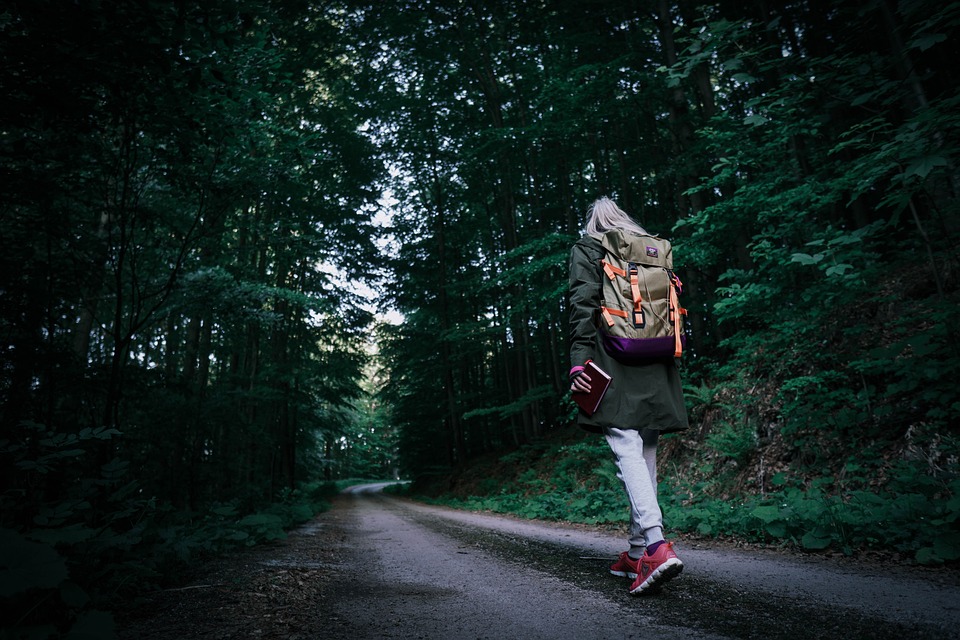Table of Contents
Introduction
Are you an adventurer seeking a thrilling camping experience even in the coldest of weather? Cold weather camping presents its own unique challenges and rewards. With the right preparation, gear, and knowledge, you can turn your chilly camping trip into an unforgettable adventure. In this article, we will guide you through the art of cold weather camping, offering valuable tips and tricks to help you make the most of your winter wilderness exploration.
Choosing the Right Gear
When it comes to cold weather camping, having the appropriate gear is crucial for your comfort and safety. Here are a few essentials:
- Sleeping Bag: Invest in a high-quality, cold-weather sleeping bag that is rated for the temperatures you will be facing. Look for down-filled bags with a lower temperature rating than what you expect.
- Tent: Opt for a four-season tent that provides better insulation and protection against strong winds and snow. Ensure your tent is properly sealed to prevent drafts and leaks.
- Layered Clothing: Dress in layers to adjust your clothing according to the temperature changes. Start with a moisture-wicking base layer, add insulation with fleece or down, and finish with a waterproof and windproof outer layer.
- Insulated Sleeping Pad: A high-quality, insulated sleeping pad helps to provide insulation between your body and the cold ground.
- Cooking Equipment: Carry a stove suitable for cold weather and choose fuel that performs well in low temperatures, such as white gas.
Preparing for Extreme Conditions
Camping in cold weather requires meticulous planning and preparation to ensure your safety. Here are essential steps to take:
- Research Weather Conditions: Check weather forecasts regularly and familiarize yourself with the expected conditions during your camping period, including temperature drops and potential storms.
- Location and Route Planning: Choose your camping spot wisely, considering its accessibility, proximity to resources, and exposure to wind. Plan your route carefully, avoiding avalanche-prone areas and dangerous terrain.
- Notify Others: Share your itinerary with a friend or family member so that someone knows your plans and can take action if needed.
- Winterize Your Gear: Before heading out, insulate your water bottles, make sure your fuel canisters won’t freeze, and pack hand warmers. Additionally, test your equipment to ensure it functions properly in cold conditions.
- Learn Basic Cold Weather Skills: Familiarize yourself with essential skills such as setting up a winter tent, starting a fire in freezing conditions, and preventing hypothermia. Practice these skills in controlled environments before your camping trip.
Staying Warm and Safe
Once you’re out in the wild, keeping warm and staying safe are ongoing tasks. Here are some key tips:
- Layering: As mentioned earlier, layer your clothing to trap and retain heat effectively. Remove or add layers as needed.
- Proper Nutrition and Hydration: Consume high-calorie, warm, and easy-to-digest foods to fuel your body and generate heat. Drink plenty of fluids to stay hydrated, even if you don’t feel thirsty.
- Stay Dry: Prevent sweat and moisture buildup by adjusting your clothing layers and using breathable fabrics. Carry extra dry socks and avoid cotton, as it retains moisture.
- Use Hand and Toe Warmers: Hand and toe warmers can add extra warmth when needed. Keep them handy and use them sparingly.
- Stay Active: Engage in regular physical activity to keep your blood flowing and generate heat. Simple exercises, such as jumping jacks in your tent, can make a difference.
- Fire Safety: If you decide to build a fire, do so in a responsible manner. Use designated fire rings or pits, keep the fire small, and never leave it unattended.
- Emergency Preparedness: Carry a first aid kit, a portable stove, extra batteries, a headlamp, a map, and a compass. Understand how to use them in case of unforeseen emergencies.
- Be aware of wildlife: In some areas, wildlife may be more active during winter. Learn how to store food properly to avoid attracting animals and respect their habitats.
FAQs
What is the ideal temperature rating for a sleeping bag for cold weather camping?
For cold weather camping, it is recommended to choose a sleeping bag with a temperature rating of at least -10°C (14°F) or lower.
Can I use a regular tent for cold weather camping?
While it is possible to use a three-season tent for cold weather camping, a four-season tent is more suitable. Four-season tents are designed to withstand snow and strong winds while providing better insulation against cold temperatures.
How can I prevent hypothermia during cold weather camping?
To prevent hypothermia, ensure you are dressed in appropriate layers, stay dry, consume enough calories, and avoid prolonged exposure to cold temperatures. Seek shelter immediately if you notice symptoms such as shivering, confusion, or loss of coordination.
Is it safe to camp alone in cold weather?
Camping alone in cold weather requires additional precautions. Make sure you are well-prepared, equipped with the necessary survival gear, and have informed someone about your plans and expected return date. It is always recommended to camp with a partner for added safety.




